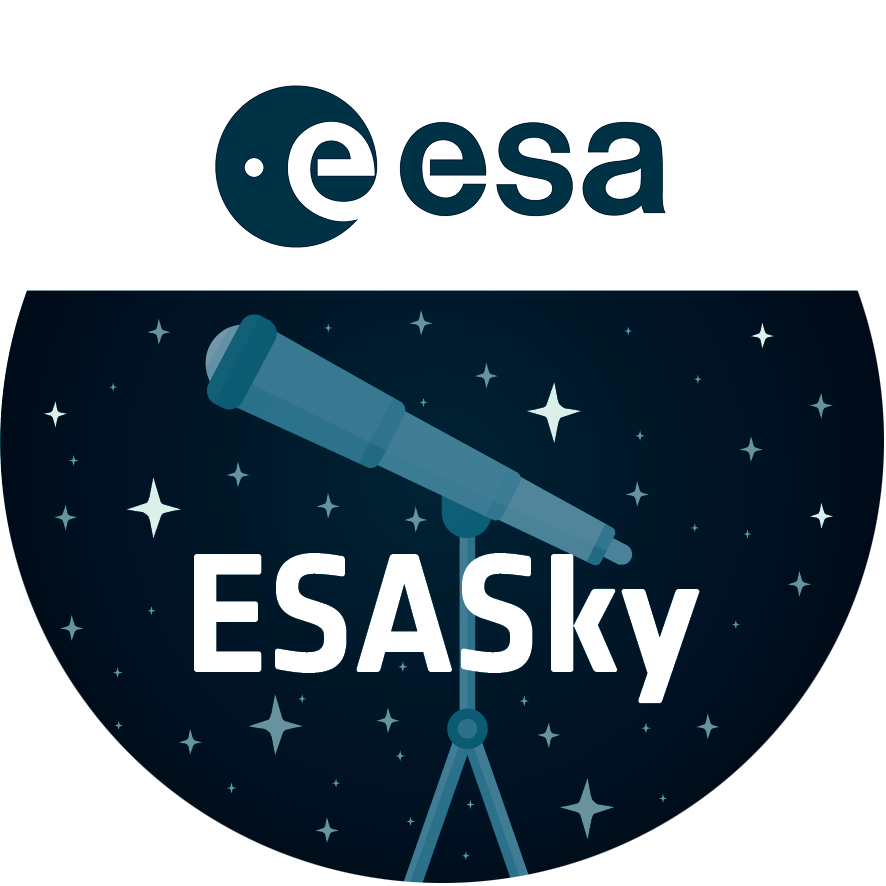Feeling blue
This captivating image from the NASA/ESA Hubble Space Telescope’s Wide Field Camera 3 shows a lonely dwarf galaxy, a staggering 100 million light-years away from Earth. This image depicts the blue compact dwarf galaxy ESO 338-4, which can be found in the constellation of Corona Australis (the Southern Crown).
Blue compact dwarf galaxies take their name from the intensely blue star-forming regions that are often found within their cores. One such region can be seen embedded in ESO 338-4, which is populated with bright young stars voraciously consuming hydrogen. These massive stars are doomed to a short existence, as despite their vast supplies of hydrogen fuel. The nuclear reactions in the cores of these stars will burn through these supplies in only millions of years — a mere blink of an eye in astronomical terms.
The young blue stars nestled within a cloud of dust and gas in the centre of this image are the result of a recent galaxy merger between a wandering galaxy and ESO 388-4. This galactic interaction disrupted the clouds of gas and dust surrounding ESO 338-4 and led to the rapid formation of a new population of stars.
Credit:ESA/Hubble & NASA
About the Image
| Id: | potw1845a |
|---|---|
| Type: | Observation |
| Release date: | 5 November 2018, 06:00 |
| Size: | 2273 x 2449 px |
About the Object
| Name: | ESO 338-4 |
|---|---|
| Type: | Local Universe : Galaxy : Size : Dwarf |
| Distance: | 100 million light years |
| Constellation: | Sagittarius |
| Category: | Galaxies |
Wallpapers
Coordinates
| Position (RA): | 19 27 58.74 |
|---|---|
| Position (Dec): | -41° 34' 29.51" |
| Field of view: | 1.89 x 2.04 arcminutes |
| Orientation: | North is 8.7° left of vertical |
Colours & filters
| Band | Wavelength | Telescope |
|---|---|---|
| Ultraviolet UV (Ly-α) | 127 nm |
Hubble Space Telescope
ACS |
| Optical V | 550 nm |
Hubble Space Telescope
ACS |
| Optical O III | 500 nm |
Hubble Space Telescope
STIS |
| Ultraviolet very broad (BaF2) | 152 nm |
Hubble Space Telescope
ACS |
| Optical O III | 500 nm |
Hubble Space Telescope
STIS |
| Infrared J | 1.1 μm |
Hubble Space Telescope
WFC3 |


